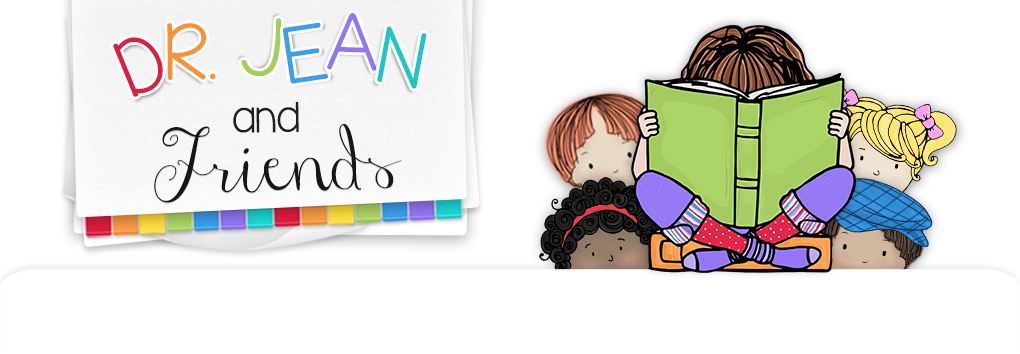Oral language was,
is, and always will be the foundation of literacy. But instead of children’s oral language improving, it is
decreasing. More children than
ever need speech and language intervention. Why? You can
probably answer that for yourself.
Children are spending too much time in front of a screen passively
listening. Over and over again the
research emphasizes the importance of “authentic play” in developing oral
language skills. So, what do we
do? Take blocks and dramatic play
out of kindergarten and fill up the day with worksheets, tests, and PPTs.
The children in
your classroom will probably have voice-activated computers by the time they
reach high school. So what? Well, if they can’t speak a complete
sentence clearly what you will see on the screen is goobledy gook
@#$#4(*&%^&*!!! The fact
that Common Core State Standards included “Speaking and Listening” further
suggests the need to promote oral language in our classrooms. Take a look at my February, 2012, monthly
activities and I hope you’ll find some meaningful, playful, and practical ways
to nurture “talkers” in your classroom.


